Readtime: 8 min
Every product is carefully selected by our editors and experts. If you buy from a link, we may earn a commission. Learn more. For more information on how we test products, click here.
What is the minimum wage in Australia? As of 1 July 2023, Australia’s minimum wage has been updated to $23.23 per hour, translating to $882.80 for a standard 38-hour week. This marks an 8.6% rise in the national minimum wage. The new rate is applicable from the first complete pay cycle starting on or after 1 July 2023. This should benefit the lowest-paid full-time and essential service workers, which represents over two million Australians.
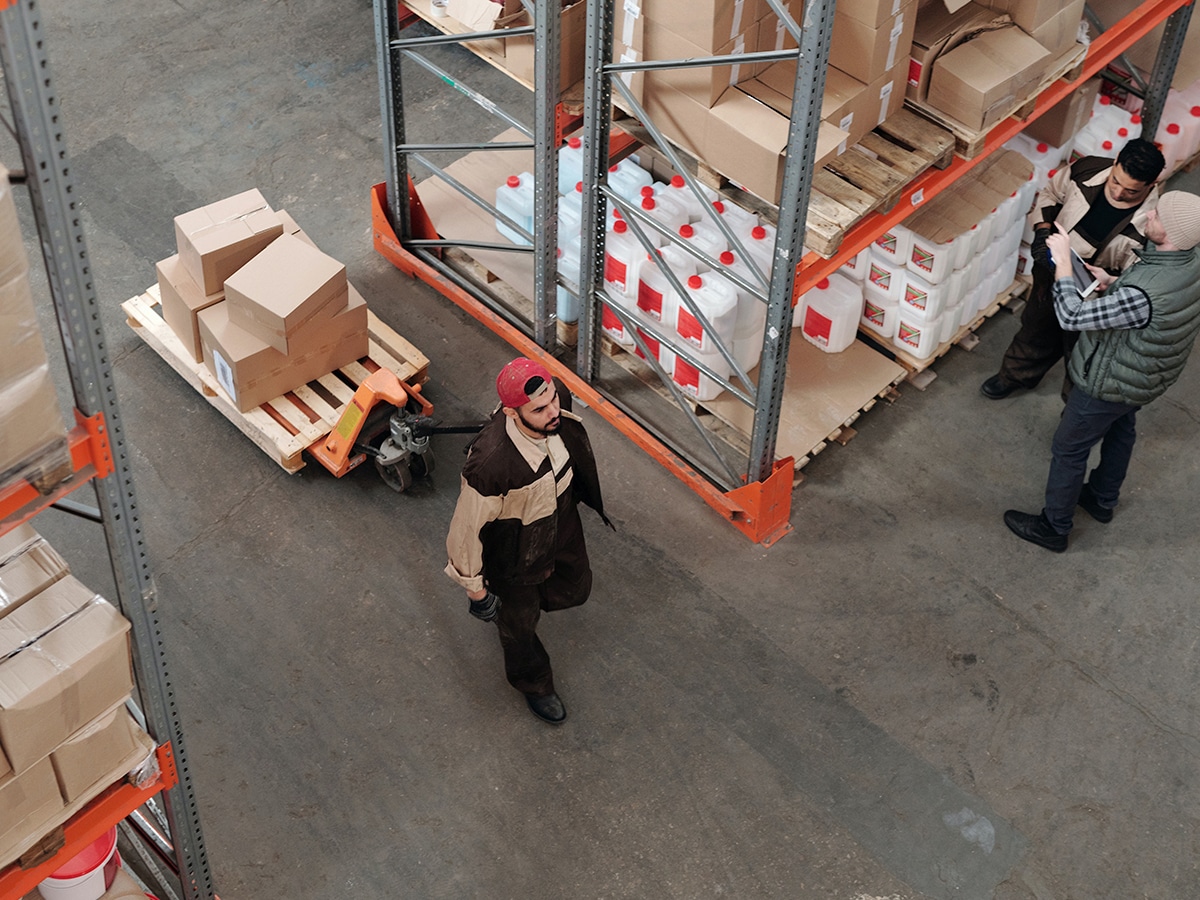
Minimum Wage Australia 2023
With the Fair Work Commission’s decision, minimum wage workers in Australia will see a slight bump in the pay packets come 1 July. As mentioned, the new minimum wage in Australia is $21.38 per hour, equating to $812.60 per week. Below is a table indicating the changes in salary and minim wage rates from 2022-2023, as confirmed by the government and industrial relations body.
| 1 July 2021 – 30 June 2022 | 1 July 2022 – 30 June 2023 | Increase ($) | Increase (%) | |
|---|---|---|---|---|
| Minimum Wage (Per Hour) | $20.33 | $21.38 | $1.05 | 5.2% |
| Minimum Wage (Per Week) | $772.60 | $812.60 | $40 | 5.2% |
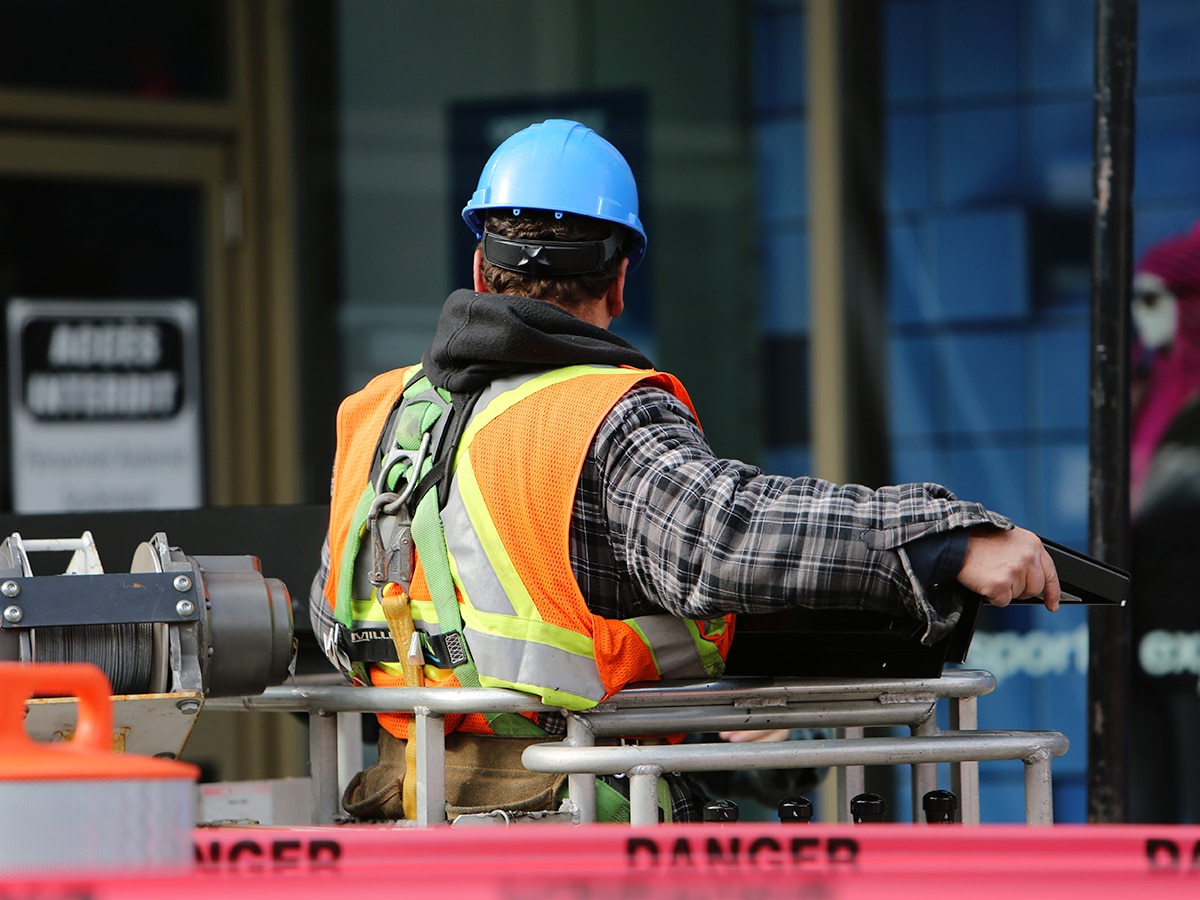
Fair Work Commission Wage Review
Releasing the decision on Wednesday, the Fair Work Commission announced the update was in response to the growing cost of living currently impacting Australians across the board. The government body also confirmed that a strengthening labour market further compounded the decision, which is set to see full-time minimum wage workers with $812.60 per week in their back pockets.
“The panel observed that this level of increase will protect the real value of the wages of the lowest-paid workers,” commission panel members wrote in their decision report. “The panel decided to provide a proportionately higher increase to low-paid employees noting that the present circumstances warranted an approach which affords a greater level of support to the low-paid while seeking to constrain inflationary pressures.”
RELATED: What is the average salary in Australia?
As confirmed by the Fair Work Commission, the updated Australian minimum wage figures will take effect from 1 July 2022. Importantly, the new Australian minimum wage decision will impact more the 2.7 million workers, with employees on enterprise agreements and other pay arrangements also set to see a change to their bottom line. While the average salary may be enough for most to survive, low-income workers have borne the brunt of a changing economic landscape. The panel commission pointed to recent inflation figures as a further indictment of the current situation, suggesting that the pay rise won’t impact the country’s economic stability.
The sharp rise in inflation impacts business and workers. The cost of business inputs increases which, depending on the capacity to pass on those costs, adversely impacts profitability,” the decision read. “Absent a wage increase, inflation erodes the real value of workers’ wages, reduces their living standards and the capacity of the low paid to meet their needs.”
How to Calculate the Special Minimum Wages
Outside of simply adjusting the minimum wage Australians can expect to see in their bank accounts, there have been some updates to the special minimum wages as well. Workers reliant on award wages are set to see a 4.6 per cent increase, which Professionals Australia CEO Jill McCabe described as an “incredibly important” outcome.
“To protect millions of Australian workers, the union movement fought hard for this pay increase and we are pleased the Fair Work Commission acknowledged the need to lift minimum and award wage rates,” McCabe said. “Australia’s workers have been caught in the vice grip of low wage growth for over a decade and now spiraling cost of living pressures. Today’s decision by the Fair Work Commission to lift the minimum wage and award rates will come as welcome news to workers and their families struggling to meet the increasing cost of accommodation, food, energy, education and healthcare.
Below, you’ll find a summary provided by the Fair Work Commission on how to calculate the casual loading and special national minimum wages set by the order. These will apply to employees in the national system that are not covered by an award or agreement, otherwise known as ‘award/agreement free’ workers.
| Wage Type | Who This Applies To | Amount/Rate |
|---|---|---|
| Casual loading | Casual employees | 25% on top of the national minimum wage. |
| Special national minimum wage 1 | Adult employees (aged 21 years or over) with a disability that does not affect their productivity. | The same as the national minimum wage. |
| Special national minimum wage 2 | Employees who have a disability that affects the level of productivity required for their class of work AND meet the impairment criteria to receive a Disability Support Pension. | The rate is a percentage of the national minimum wage. |
| Special national minimum wage 3 | Junior employees (under 21 years old) | The rate is a percentage of the national minimum wage, based on the age of the employee. |
| Special national minimum wage 4 | Apprentices | The rate is based on the Miscellaneous Award 2020 (clause 15). The National Minimum Wage Order contains details of some transitional provisions that apply. |
| Special national minimum wage 5 | Trainees (employees doing a traineeship) | The rate is based on the Miscellaneous Award 2020. |
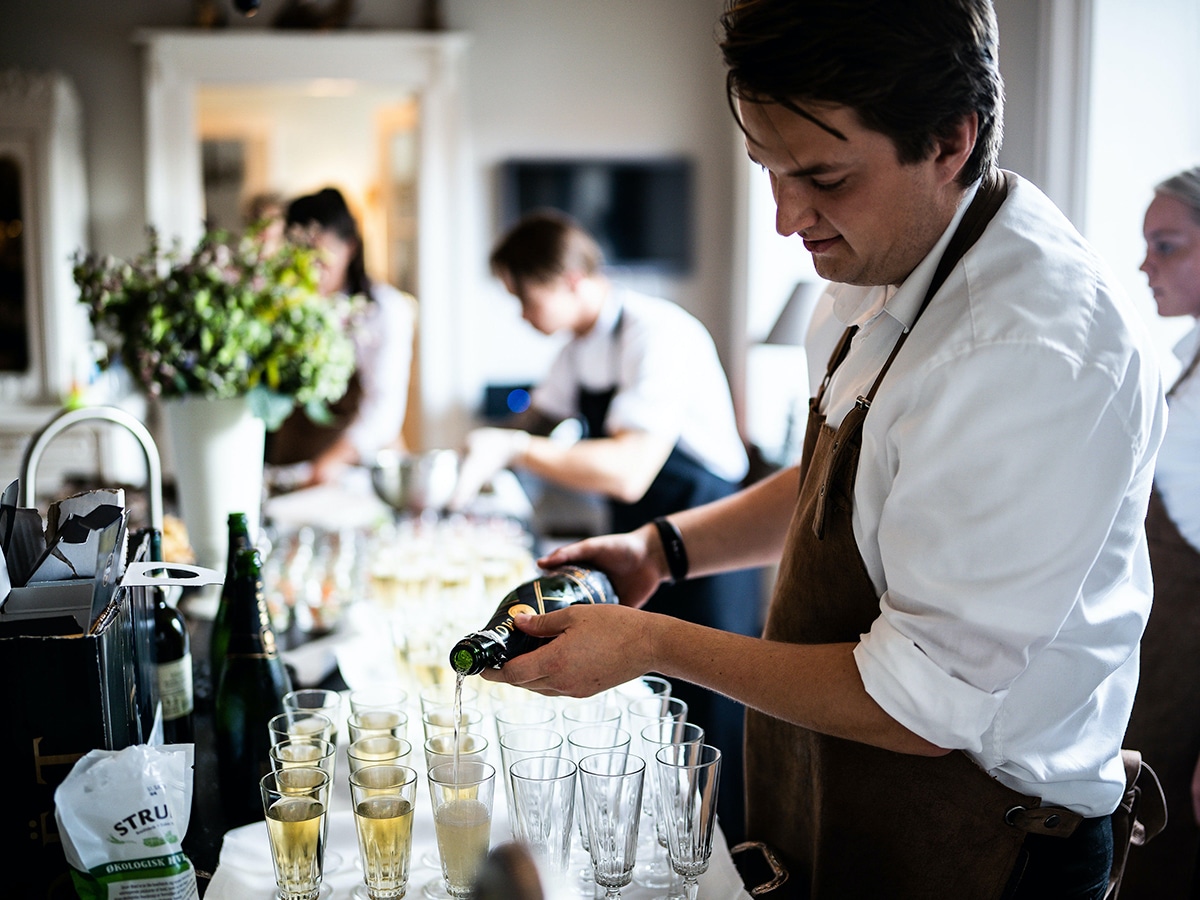
Why is the Minimum Wage Being Increased?
Updates to the Australian minimum wage rate come after mounting pressure from newly-elected Prime Minister Anthony Albanese, who made the issue a key election promise during the recent campaign trail. The Labour leader was vocal in his advocacy for a pay rise of at least 5.1 per cent for the country’s lowest-paid workers, in line with inflation. Speaking on the Fair Work Commission’s decision, Prime Minister Albanese said he was delighted by the result.
“The truth is that many of those people who are on the minimum wage are the heroes that saw us through the pandemic,” he said via ABC. “They deserve more than our thanks, they deserve a pay rise, and today they got it.”
Industry bodies and unions have been calling for greater support for minimum wage workers for years, however, rising economic concerns had stifled progress. The former Liberal government, alongside members of the business community, argued that a pay rise would put more stress on an already struggling system. Former Prime Minister Scott Morrison even warned the move would “send interest rates spiralling“, however, Fair Work Commission president Iain Ross. In his findings on Wednesday, Ross said the rising cost of living was putting too much pressure on low-paid workers to ignore.
“We are conscious that the low paid are particularly vulnerable in the context of rising inflation,” Ross said. “If we were to accept the submissions of some of the employer bodies, and award no increase at all, then the real wage reduction would be even more severe.”
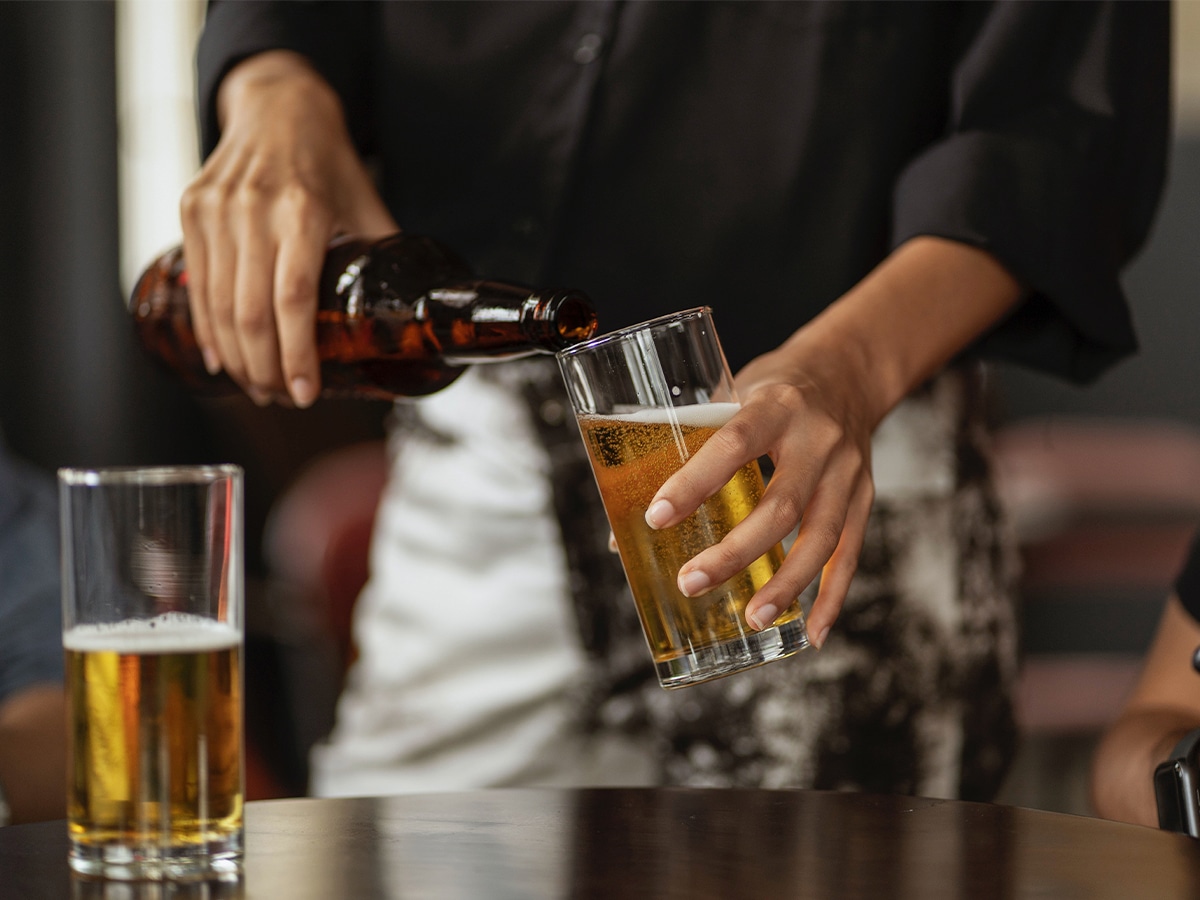
Over the past 12 months, cost of living burdens, including inflation, rising interest rates and petrol prices have hit Australians hard, putting further pressure on Prime Minister Albanese’s newly formed government. Reports also state the Reserve Bank is expected to increase the cash rate further as they attempt to reign in inflation; with modelling suggesting inflation will reach 7 per cent by Christmas, indicating more interest rate increases are on the way.
Since the decision was handed down on Wednesday, there has been an outpouring of support from workers in the hospitality industry however, some business owners have expressed concerns. Speaking with Sky News Phillip Salhab, owner of the Appetite Cafe in Sydney‘s Five Dock, said his business would not be able to survive paying 20 per cent over the minimum wage. According to the cafe owner, skill shortages have prompted him to lift salaries in order to attract workers, prompting a fear that the minimum wage hike could see employees ask for more, irrespective of the pay rate they are on.
“(People are) putting us (venues) up against each other, going from interview to interview or trial to trial, telling us what they’ve been offered and getting us to hopefully match or beat it,” Salhab told Sky News. “We’re offering already 20 per cent more than the minimum wage but we’re being asked to pay at least $42 an hour depending on what the role is. That’s the going rate at the moment but we can’t afford that.”
Union bodies, on the other hand, are lauding the result. Speaking at a press conference on Wednesday, head of the Australian Council of Trade Unions Sally McManus labelled the Fair Work Commission’s decision as a win for workers.
“All Australians should share in the recovery and share in the growth that they are producing at the moment, and they are not,” McManus said. It means that for low paid workers will have a better ability to pay rent and pay for the groceries and to pay for energy bills as well.
The new Australian minimum wage rates will come into effect on 1 July 2022. For more information on the Fair Work Commission’s decision, visit the Australian industrial relations tribunal’s official website via the link below.
General FAQs
The current minimum wage in Australia is $20.33 per hour, equating to $772.60 per week, however, from 1 July 2022, the Australian minimum wage will be lifted by $1.05 an hour to $21.38 per hour, to $812.60 per week.
The minimum wage is being lifted in Australia in response to the rising cost of living. The 5.2 per cent increase arrives in line with inflation, giving a healthy boost in the lowest-paid workers’ back pockets.






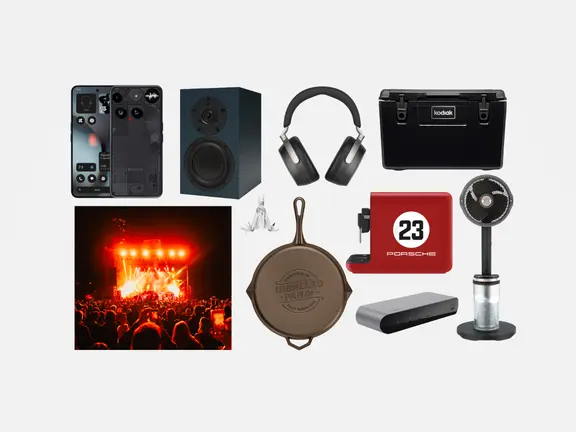

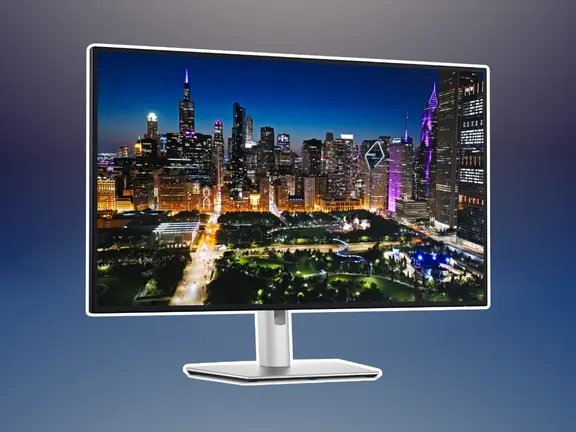





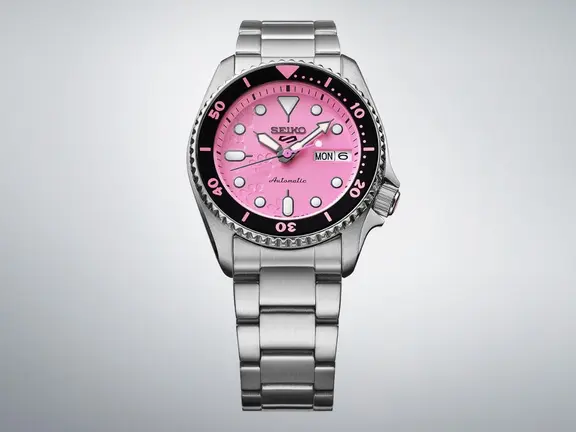
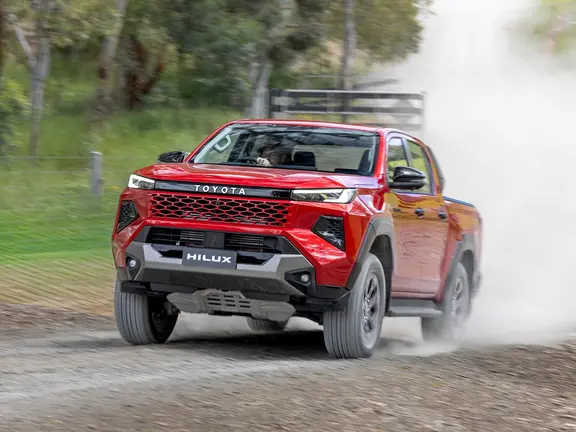



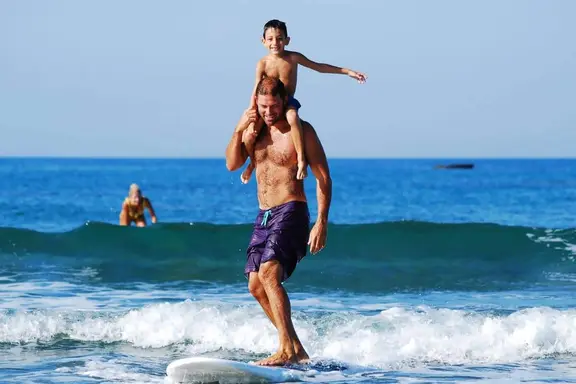





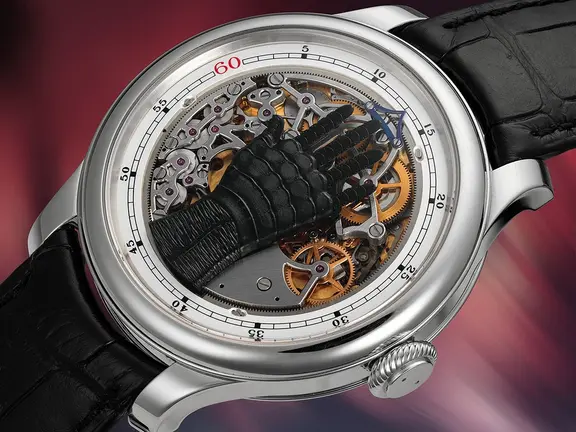
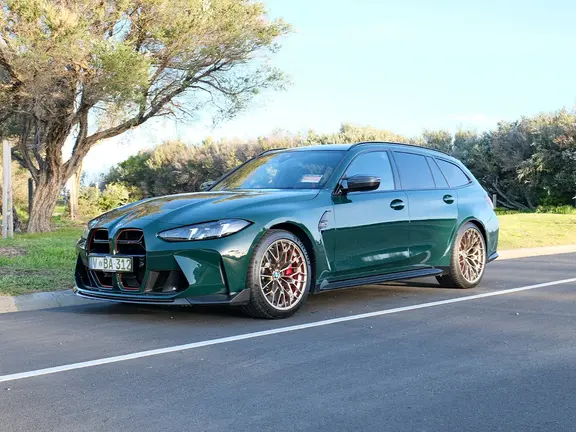

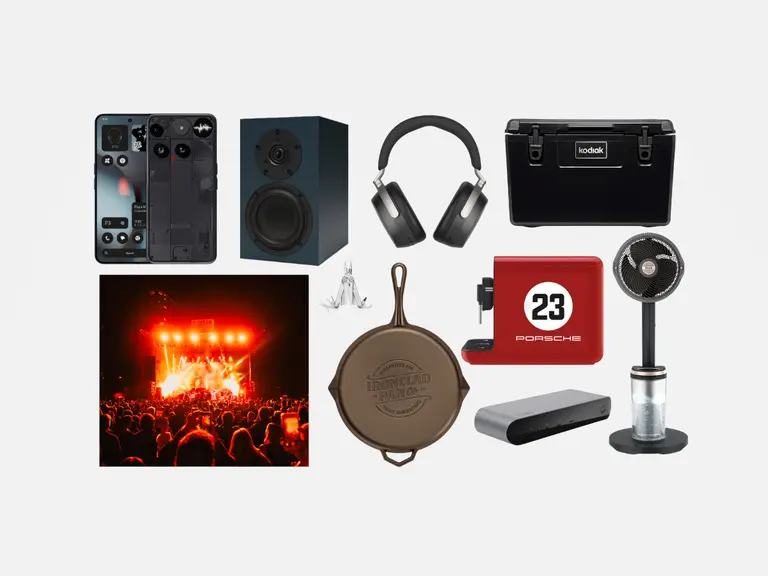


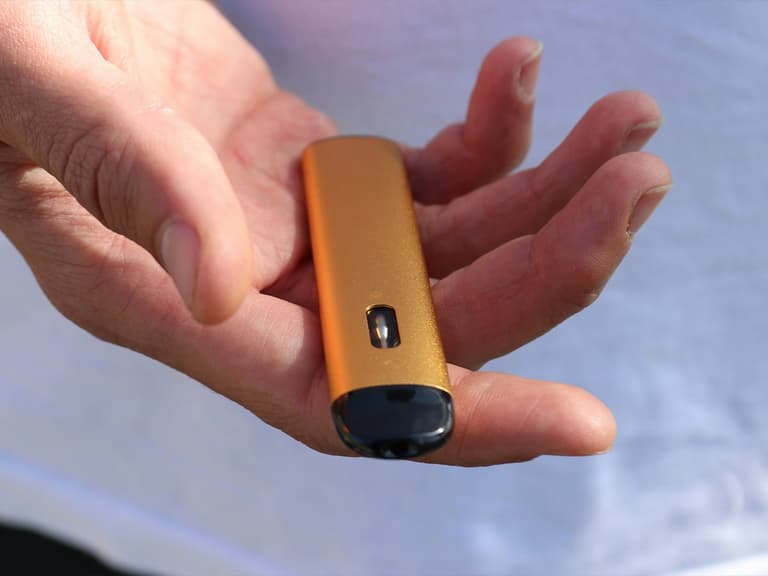
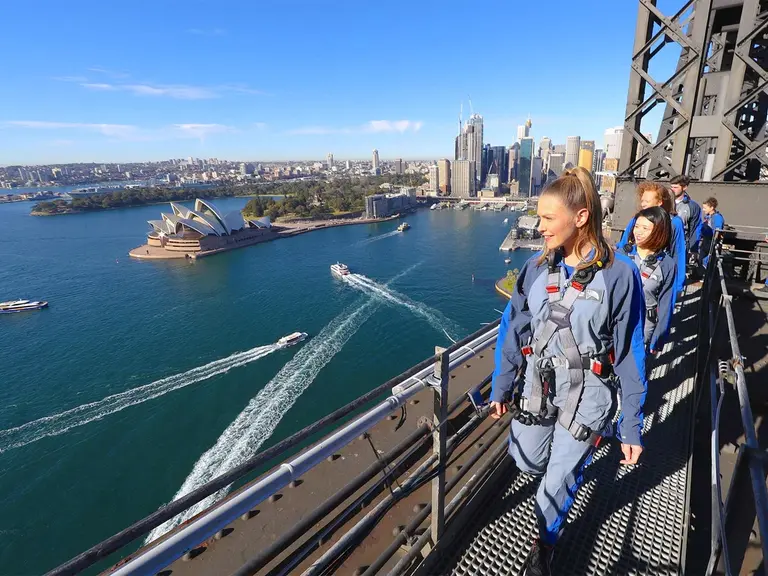


Comments
We love hearing from you. or to leave a comment.